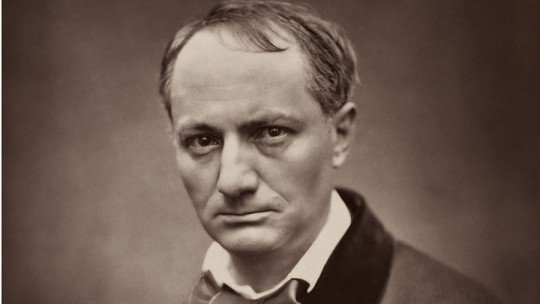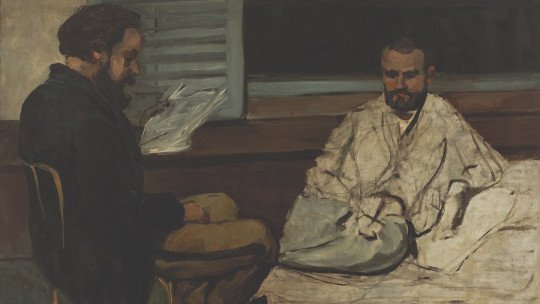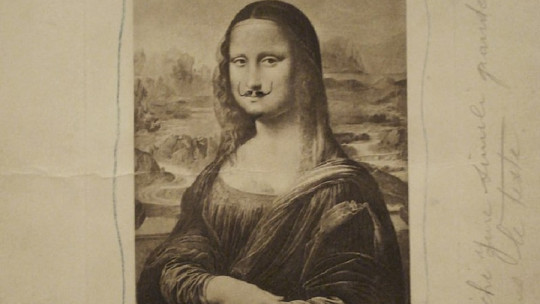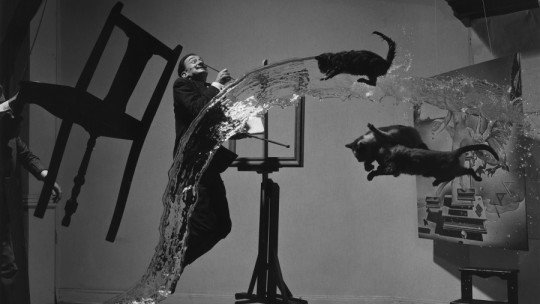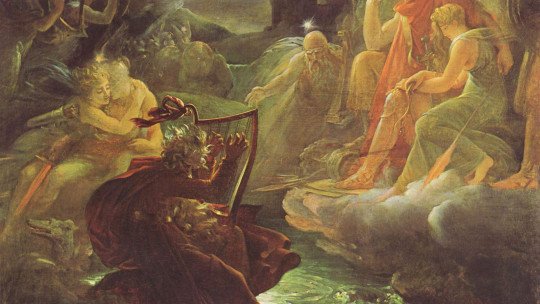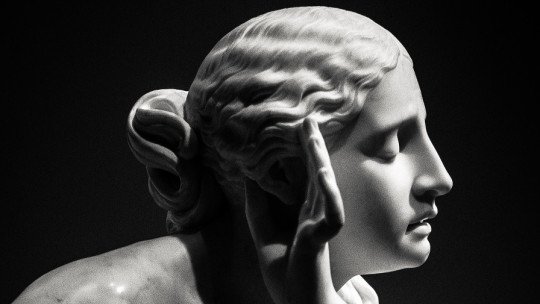
Romanticism, impressionism, symbolism, surrealism… Without a doubt, they are all artistic movements that we know in greater or lesser depth. In general, the history of art has limited each artistic movement to certain circumstances and characteristics. And although a priori This is useful to understand the nature of the movement, it also entails a certain danger, since it carries the risk of considering each artistic movement as an entity totally separate from the rest.
Could not be farther from the truth. Artistic movements feed off each other; in fact, most were born as a protest against the previous movement. Not only that; The artists who form them do not always follow the same guidelines, and within a current we find authors who distance themselves from the main trend and follow their own path of creation.
What do we need, then, to affirm that we are facing an artistic movement? What characteristics must an artistic movement have to consider it a movement? Let’s see it below.
What is an artistic movement?
Although it is a bit complicated due to its ambiguity, we could define “artistic movement” as a series of characteristics related to art that a group of people follow at a very specific historical moment It is important not to confuse it with an artistic school, since, in the latter case, we would speak of an even greater specificity in terms of the number of artists who follow it and in terms of the place where it arises and develops.
A couple of examples will be enough to understand it better. If we have pictorial realism as a movement, which covers the entire Western world in a specific period of the 19th century, the Barbizon School, on the contrary, encompasses the artists who settled in the surroundings of this town and developed their own style, linked to realism.
When do artistic movements start?
As we have already mentioned, defining “artistic movement” is complicated, since there are many artistic styles that follow specific characteristics but that, ultimately, cannot be considered movements. An obvious case is the art that was made in Ancient Egypt, which, furthermore, due to the very nature of its culture, is an art that hardly changes throughout its millennia of existence. The Egyptians of the New Kingdom era made their paintings and sculptures exactly the same as their ancestors of the Old Kingdom; It is a style that has not changed in 3,000 years of existence. Following this, could we consider Egyptian art as an artistic movement?
Well, strictly, no. Because Egyptian art, like the art that was developed in Greece or Rome, is an art linked to a global culture, to a people and, therefore, is part of its very essence. When we talk about an artistic movement, we talk, on the contrary, about an aesthetic and ideological current that develops within a broader culture
Again, let’s give an example. If we take the art of the Renaissance, for example, we will see that it developed in a Europe in the transition from the Middle Ages to the Modern Age, Christian, economically developed and framed in the rise of commerce and cities. However, the Renaissance as we understand it took place almost exclusively in Italian cities and, specifically, in Florence. Because, although it is true that a stylistic break with the Gothic also took place in Flanders, it is by no means the same break and, in fact, the Italian Renaissance and Flemish have very different characteristics.
As a conclusion, we conclude, then, that The Renaissance is an artistic movement, since it is not the global expression of a culture For this reason, we could say that artistic movements begin with the Renaissance, although this statement is quite poor in itself and does not take into account the variety of expressions that previous medieval society entails.
You can argue with this idea, of course. If we consider the Italian peninsula as its own cultural entity and with exclusive features, then it would be something binding to its culture. As in almost all aspects related to human expression, the debate is open.
Artistic movements and the rebellion against official art
Often, an artistic movement is considered one that is forged outside official art or, rather, as an act of rebellion against it. This is the case, for example, of Impressionism, Symbolism, Art Noveau and, of course, the avant-garde of the 20th century, although Romanticism could also be included in this definition, which, among other things, was a reaction against Neoclassicism and illustration.
In these cases, the delimitation of the artistic movement is much clearer, among other reasons, because the leading artists left their ideas in writing on the matter, which is why they considered themselves “different” from the rest of the artistic currents. The clearest case is the avant-garde movements that, with the exception of Fauvism and Expressionism, have the so-called manifestos, clear and concise texts in which the authors of the movement express, often in a very forceful way, what the characteristics of their avant-garde are and what they want with it.
Thus, the very rebellion against official art turns these currents into clear examples of an artistic movement, since their very act of rebellion makes them self-determine with very specific features that help outline where they begin and where they end.
Is the same thing happening with the Renaissance or the Baroque? Certainly not. In these currents we do not have a manifesto that marks the limits of the movement, so it is much more difficult for the researcher to put an end to the different artistic currents prior to the 19th century.
We can conclude, therefore, that, except for movements in which we have manifestos and specific documents that specify what their characteristics are, in general it is difficult to affirm where an artistic trend begins and where it ends. Much more difficult is to decipher whether we are dealing with a movement or a global artistic expression of a culture.

